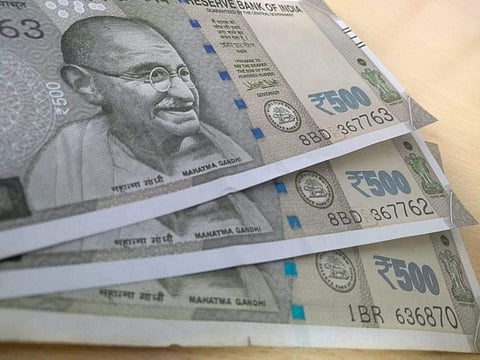

NEW DELHI: Rahul Gandhi’s promise of a minimum income of Rs 72,000 to 5 crore poor families per year has raised eyebrows for its possible implications, if implemented. The Economic Survey 2016-17 had listed the pros and cons of implementing such kind of schemes.
According to the Survey, a scheme involving huge amounts would take 4.2 per cent of the GDP while the welfare schemes would use 5.6 per cent of the GDP. Hence, to implement a scheme like minimum income guarantee, all other welfare schemes would have to be discontinued.
Running the welfare schemes and the minimum income guarantee concurrently would mean an expenditure of almost 10 per cent of the GDP.According to experts, a political parties would be hesitant to withdraw the existing welfare schemes. “It will be a political disaster if the Congress decides to implement the minimum income guarantee by revoking existing welfare schemes. It’ll send out a wrong signal to the beneficiaries,” a PRS research scholar said.
The survey also lists pros and cons of the Universal Basic Income (UBI). The first and foremost drawback is it reduces the incentive to work. The second is implementation hurdle, as the Survey says. “Given the current status of financial access among the poor, a UBI may put too much stress on the banking system,” it says.
As for the benefits, the Survey says the rate of poverty alleviation would spike while providing a safety net for emergencies. The UBI could improve financial inclusions.
Also See - Rahul Gandhi's NYAY: Final assault on poverty or grand folly?